TIG welding, also known as Gas Tungsten Arc Welding, is a highly skilled welding process that requires precision, patience, and expertise.
TIG welders are some of the most sought-after professionals in industries that require top-notch welding work.
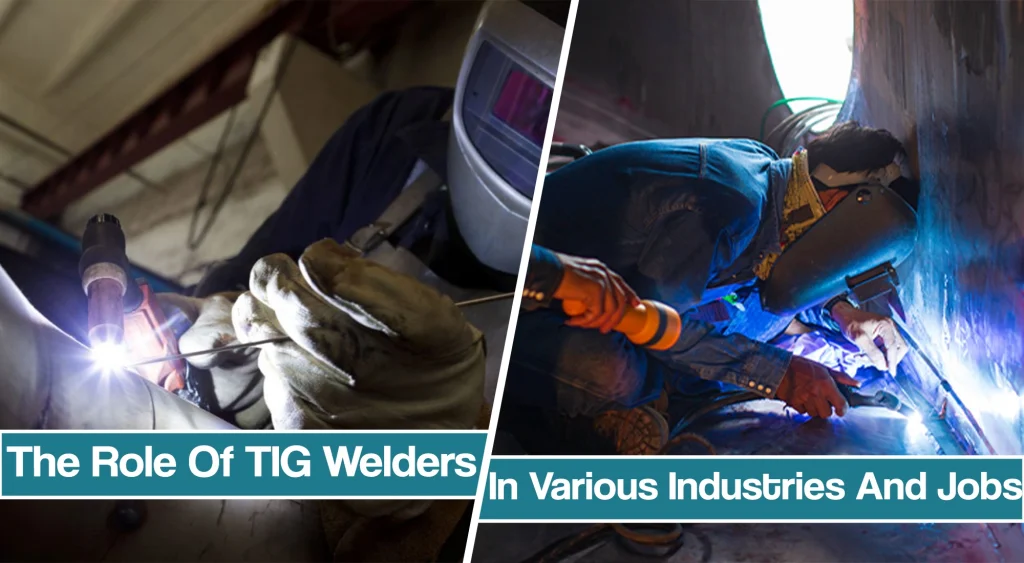
From aerospace engineering to automotive manufacturing and everything in between, TIG welders play a crucial role in ensuring that the final product is not only structurally sound but also visually appealing.
In this article, we’ll explore the critical the role of TIG welders in various industries, the skills required to become a successful TIG welder, and the challenges faced by those in this profession.
Fundamentals And Benefits of TIG Welding
TIG welding, also known as Gas Tungsten Arc Welding, is a welding process that uses a non-consumable tungsten electrode to create an arc that melts the base metal and forms a weld pool.
The weld pool is protected from the surrounding air by a shielding gas, typically argon, which prevents oxidation and contamination of the weld.
One of the primary benefits of TIG welding is its versatility.

It can be used to weld a wide range of metals, including aluminum, stainless steel, and titanium, making it an ideal process for industries that work with these materials. TIG welding produces a precise and clean weld, which is crucial in industries where the appearance of the weld is as important as its structural integrity.
TIG welding also allows for excellent control over the welding process, making it possible to weld thin and delicate materials with minimal distortion or warping. Additionally, TIG welding produces very little spatter, which reduces the need for post-weld cleanup and ensures that the weld remains free from contaminants.
In which industries are TIG welders the most important?
TIG welders are highly valued in many industries that require high-quality welding work. Some of the industries where TIG welding is commonly used include:
- Aerospace: TIG welding is essential in the aerospace industry, where it’s used to join thin sheets of metal and alloys with high precision, ensuring the safety and reliability of aircraft.
- Automotive: TIG welding is used to weld exhaust systems, roll cages, and other components in the automotive industry, where precision welding is critical to ensure the durability and safety of vehicles.
- Petrochemical: TIG welding is commonly used in the petrochemical industry to weld pipes, tanks, and other equipment used in the transportation and processing of chemicals.
- Medical: TIG welding is also used in the medical industry to manufacture equipment such as surgical instruments and implants, where high precision welding is required.
- Fabrication and Construction: TIG welding is a preferred welding method for custom fabrication projects, such as stainless steel handrails, artistic sculptures, and ornamental ironwork, where aesthetic appeal and precision welding are essential.
The Role Of TIG Welders In the Aerospace Industry
TIG welding, also known as Gas Tungsten Arc Welding, plays a critical role in the aerospace industry.
This welding process is preferred for welding thin sheets of metal and alloys with high precision, ensuring the safety and reliability of aircraft. TIG welding is used in several applications in the aerospace industry, such as joining parts for the airframe, engine, and landing gear.
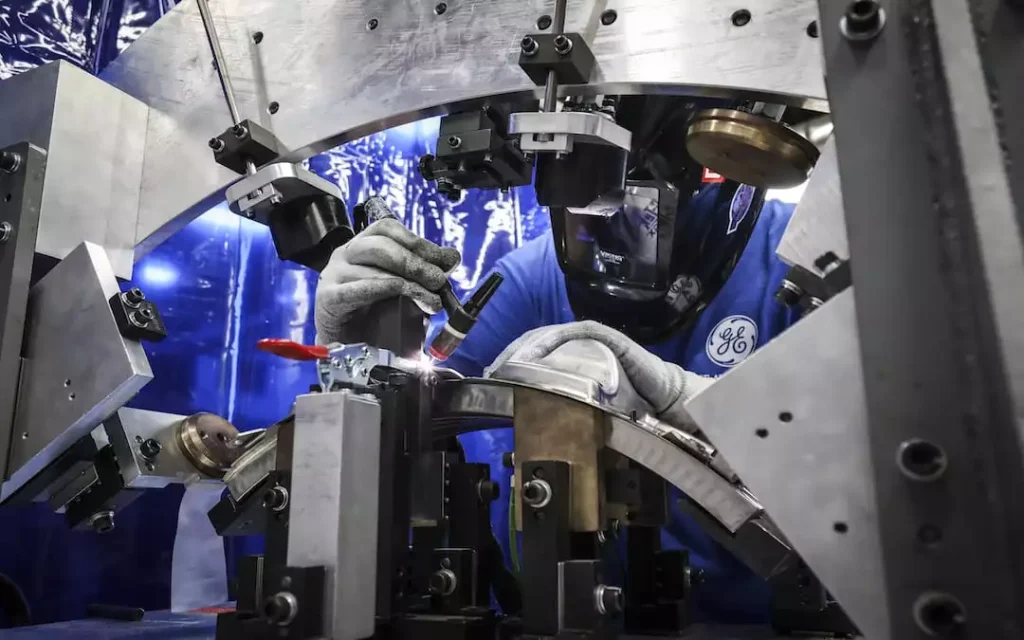
The use of the TIG welding process in the aerospace industry has several benefits. TIG welding is a clean process that produces minimal spatter, reducing the need for cleaning and rework. It also produces high-quality welds with excellent aesthetic appeal, which is essential for the appearance of the aircraft. TIG welding also produces welds with excellent mechanical properties, such as high strength, ductility, and fatigue resistance, which is crucial in the aerospace industry.
The use of TIG welding in the aerospace industry ensures that aircraft are safe, reliable, and meet regulatory requirements. The benefits of TIG welding, such as high precision, minimal spatter, and excellent mechanical properties, make it the preferred welding process in the aerospace industry.
TIG welding In The Production of Aircraft Exhaust Systems
One of the significant applications of TIG welding in the aerospace industry is in the production of aircraft exhaust systems. The exhaust system of an aircraft is critical to its performance, and any defect or failure can have severe consequences. TIG welding is used to join the exhaust components with high precision, ensuring that the exhaust system is durable and leak-proof. TIG welding also ensures that the exhaust system meets stringent regulatory requirements for emissions and noise reduction.
TIG Welding in the Fabrication of Engine Components for Aircraft
TIG welding is also used in the fabrication of engine components for aircraft. The engine is one of the most critical components of an aircraft, and any defect or failure can have catastrophic consequences. TIG welding is used to join components of the engine, such as the turbine blades and stators, with high precision. This ensures that the engine operates smoothly, efficiently, and safely.
TIG Welding in the Landing Gear Components
In the aerospace industry, TIG welding is also used to join components of the landing gear of an aircraft. The landing gear is responsible for absorbing the impact of landing and takeoff and is critical to the safety of the aircraft. TIG welding is used to join the landing gear components, such as the struts and wheels, with high precision, ensuring that the landing gear is robust and reliable.
The Role Of TIG Welders In the Automotive Industry
Tungsten Inert Gas welding plays a critical role in the automotive industry. This welding process is preferred for welding components that require high precision and visual appeal, such as exhaust systems, roll cages, and suspension components.
TIG welding is used in several applications in the automotive industry, ensuring the durability and safety of vehicles.
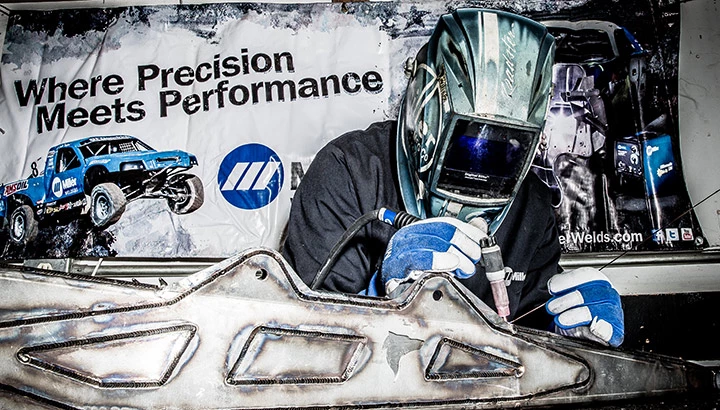
The use of TIG welding in the automotive industry has several benefits. TIG welding is a clean process that produces minimal spatter, reducing the need for cleaning and rework. It also produces high-quality TIG welds with excellent aesthetic appeal, which is essential for the appearance of the vehicle. TIG welding also produces welds with excellent mechanical properties, such as high strength, ductility, and fatigue resistance, which is crucial in the automotive industry.
TIG Welding In Production Of Exhaust System
One of the significant applications of TIG welding in the automotive industry is in the production of exhaust systems. The exhaust system of a vehicle is critical to its performance and efficiency, and any defect or failure can have severe consequences. TIG welding is used to join the exhaust components with high precision, ensuring that the exhaust system is durable, leak-proof, and meets regulatory requirements for emissions and noise reduction.
TIG Welding In Off-road and Performance Vehicles
TIG welding is also used in the fabrication of roll cages for motorsports vehicles. Roll cages are designed to protect the driver and passengers in the event of a crash or roll-over, and any defect or failure can have catastrophic consequences. TIG welding is used to join the roll cage components with high precision, ensuring that the roll cage is strong, lightweight, and meets regulatory requirements for safety.
TIG Welding In Vehicle Suspension Components And Parts
In the automotive industry, TIG welding is also used to weld suspension components such as control arms, tie rods, and sway bars. Suspension components are responsible for maintaining the vehicle’s stability, handling, and ride comfort, and any defect or failure can affect the vehicle’s performance and safety. TIG welding is used to join the suspension components with high precision, ensuring that they are durable, strong, and reliable.
The Role Of TIG Welders In The Petrochemical Industry
TIG welding plays a critical role in the petrochemical industry. This welding process is preferred for welding materials such as stainless steel, titanium, and nickel alloys that are used in the construction of petrochemical plants.
TIG welding is used in several applications in the petrochemical industry, ensuring the safety and reliability of the plants. The use of TIG welding in the petrochemical industry has several benefits.
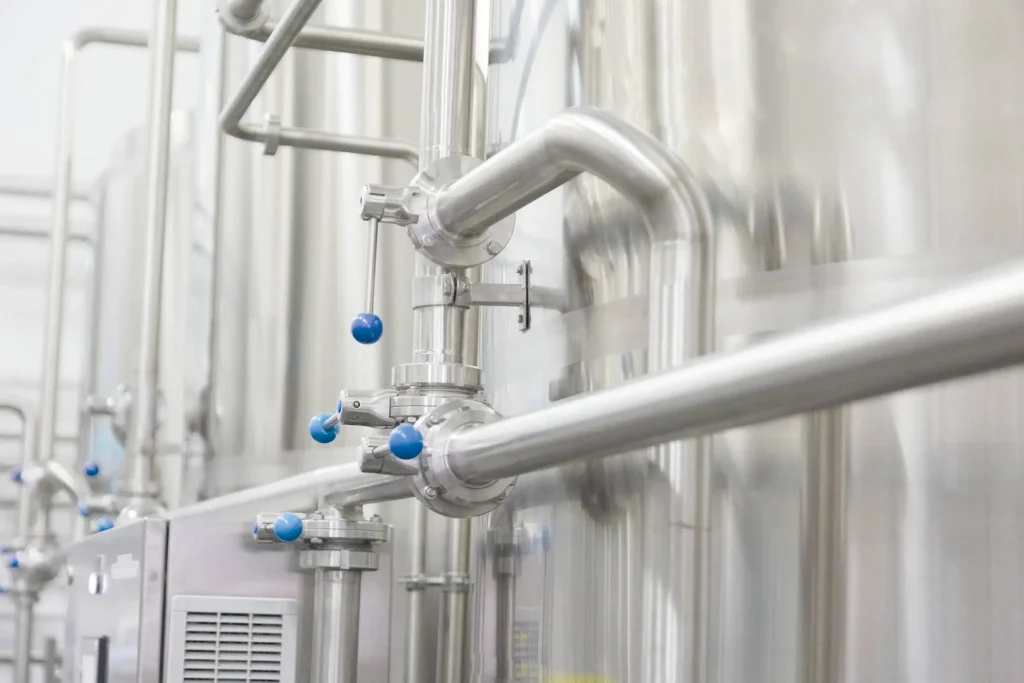
TIG welding is a clean process that produces minimal spatter, reducing the need for cleaning and rework. It also produces high-quality welds with excellent aesthetic appeal, which is essential for the appearance of the components. TIG welding also produces welds with excellent mechanical properties, such as high strength, ductility, and fatigue resistance, which is crucial in the petrochemical industry.
The Role Of TIG Welders In The Construction Industry
One of the significant applications of TIG welding in the construction industry is in the fabrication of structural steel components. Structural steel components are used in the construction of buildings, bridges, and other structures, and any defect or failure can have severe consequences, including collapse, injuries, and fatalities.
In the construction industry, TIG welding is also used in the fabrication of architectural metalwork, such as handrails, staircases, and decorative features.
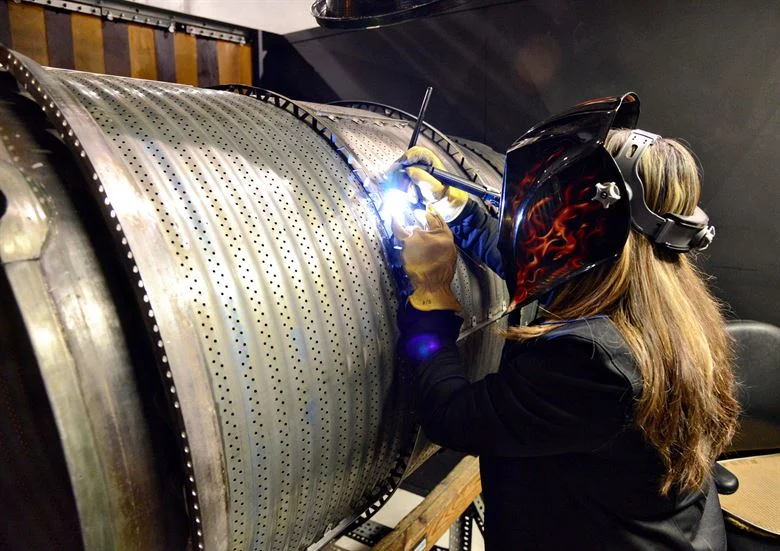
Architectural metalwork requires high precision and aesthetic appeal, and TIG welding produces high-quality welds with excellent aesthetic appeal.
TIG welding is also an environmentally friendly welding process, as it produces minimal smoke and fumes compared to other welding processes, making it an ideal choice for construction sites in urban areas. Additionally, TIG welding can weld materials as thin as 0.005 inches, making it an excellent choice for welding thin metal sheets and pipes.
The Role Of TIG Welders In The Oil And Gas Industry
TIG welding is widely used in the oil and gas industry. The industry requires high-quality welding of various metal alloys, including carbon steel, stainless steel, and nickel-based alloys.
TIG welding produces high-quality welds with excellent mechanical properties, making it the preferred welding process in the oil and gas industry. One of the significant applications of TIG welding in the oil and gas industry is the fabrication of pipelines.
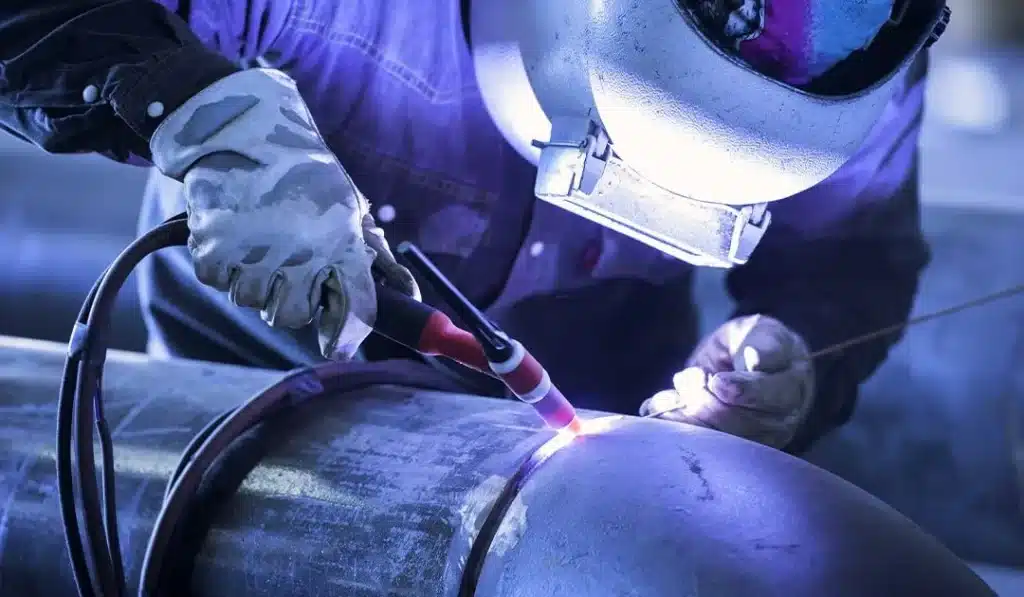
Pipelines are used to transport oil and gas over long distances, and any defect or failure can result in catastrophic consequences, including environmental damage, injuries, and fatalities. In the oil and gas industry, TIG welding is also used in the fabrication of heat exchangers, which are used to transfer heat between two fluids or gases. Heat exchangers are used in various processes, including crude oil distillation and natural gas processing.
TIG welding is also used in the repair and maintenance of equipment in the oil and gas industry. The industry requires regular maintenance of various equipment, including pipelines, pressure vessels, and heat exchangers, to ensure that they are in optimal condition. TIG welding is used to repair and replace any damaged components, ensuring that the equipment is safe, reliable, and meets regulatory requirements.
The Role Of TIG Welders In The Food And Beverage Industry
TIG welding is used in the food and beverage industry to join and fabricate stainless steel components. Stainless steel is widely used in the industry due to its resistance to corrosion, high temperature, and hygienic properties. TIG welding produces high-quality welds with minimal contamination and porosity, making it the preferred welding process in the food and beverage industry.
One of the significant applications of TIG welding in the food and beverage industry is the fabrication of storage tanks and vessels
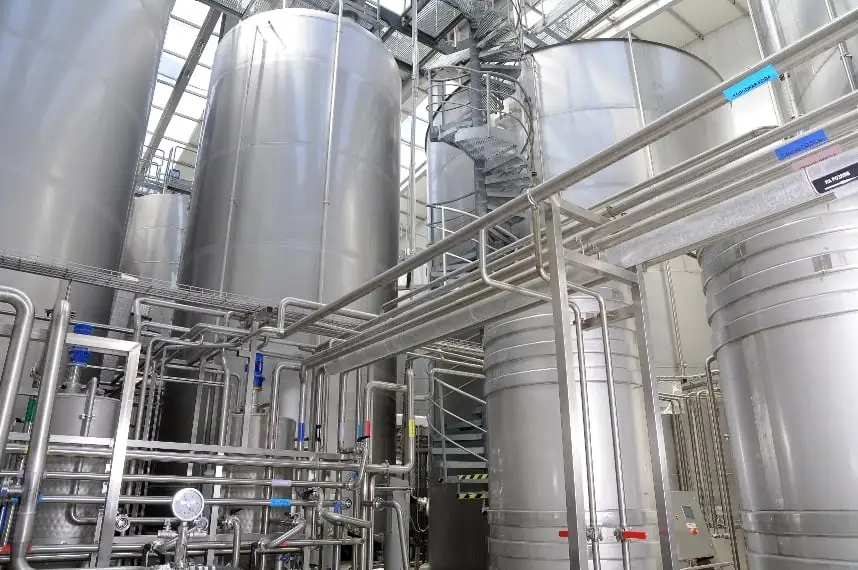
Stainless steel tanks and vessels are used to store and transport various fluids and ingredients, such as water, milk, juice, and beer. TIG welding is used to join the tank and vessel components with high precision, ensuring that they are strong, durable, and hygienic.
TIG welding is also used in the fabrication of process equipment, such as heat exchangers, mixing tanks, and piping systems. These equipment are used in various processes, including brewing, distilling, and food processing.
The Role Of TIG Welders In The Boatbuilding And Marine Industry
One of the significant applications of TIG welding in the marine industry is the fabrication of aluminum boat hulls. Aluminum is a popular material in boatbuilding due to its strength, lightweight, and corrosion resistance.
TIG welding machine is used to join the aluminum hull components with high precision, ensuring that the welds are strong and have excellent corrosion resistance.
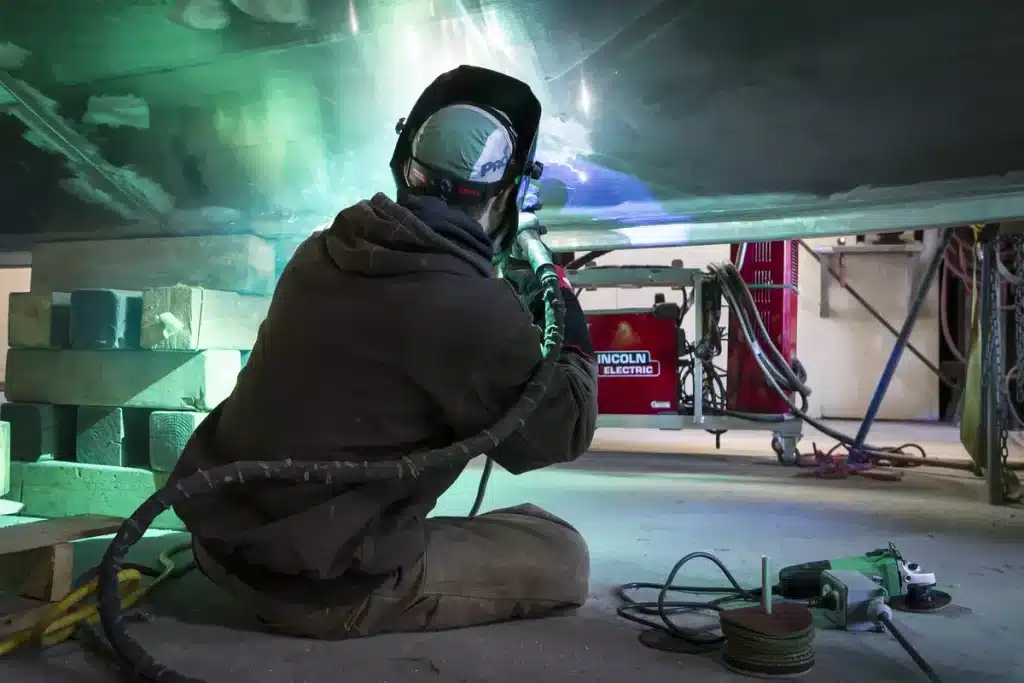
TIG welding is also used in the fabrication of stainless steel components used in the marine industry, such as railings, fittings, and exhaust systems. Stainless steel is preferred in the marine industry because of its corrosion resistance, strength, and ease of maintenance. TIG welding is used to join the stainless steel components with filler material high precision, ensuring that the welds are strong and have excellent corrosion resistance.
TIG welding is used to repair and fabricate various metal components used in boats, such as propellers, shafts, and rudders. TIG welding can repair these components to their original strength and shape, ensuring that the boats operate efficiently and safely.
The Role Of TIG Welders In the Restoration And Preservation Industry
One of the critical applications of TIG welding in the restoration and preservation industry is the repair and restoration of historic metal structures, such as bridges and buildings. TIG welding can repair and fabricate various metal components used in these structures, including steel girders, brackets, and ornamental metalwork.
TIG welding is also used in the restoration and preservation of classic cars and motorcycles.
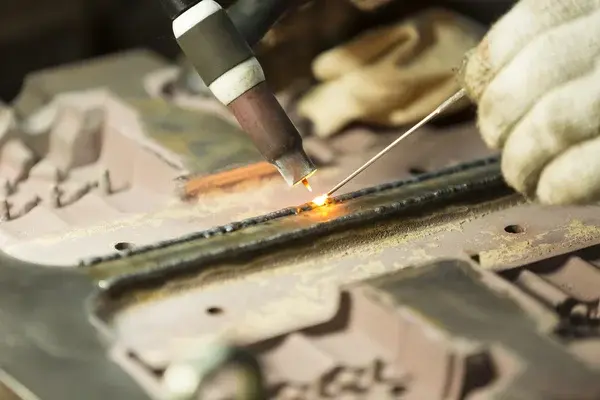
Classic cars and motorcycles often have unique metal components that are no longer available, making restoration challenging. Artwork and sculptures often require delicate repairs to ensure that their integrity is maintained. TIG welder jobs usually require repairing and fabricating various metal components used in artwork and sculptures with high precision, ensuring that the repairs are not visible and that the artwork is restored to its original state.
TIG Welder Salary
Many wonders if mastering the challenging skills in demanding TIG welding is worth it, and how much TIG welders make. According to the U.S. Bureau of Labor Statistics, the median hourly wage for welders was $22.60 per hour or $47,010 per year. However, this is an average salary which is part of statistics, while in practice, wages can differ on experience, state, company, and many more.
In practice, entry-level TIG welders with 0-2 years of experience usually earn approximately $30,000 a year. Yet, this may differ on the work hours, industry, bonuses, and benefits. If you couldn’t really choose the job, the salary can drop even to $26,100 in low paying industries, but this is the offer you shouldn’t really take. Meanwhile, seasoned TIG welders with more than 5 years of experience can earn $60-80,000 a year.
This number can easily rise up to $200,000-$250,000 if you have lots of welding experience and proper certification in multiple welding processes, maintenance, equipment handling, material preparation, and inspection. Industries such as nuclear TIG welding and space and aerospace welding can earn you this money, but the skill requirements are the highest.
Therefore, we can say TIG welding is well worth it, but only if you are ready to put a lot of time and effort into the practice.
Conclusion On The Role of TIG Welders In Various Industries
TIG welding is a versatile welding process that plays a vital role in various industries, including aerospace, automotive, petrochemical, construction, oil and gas, food and beverage, boatbuilding, marine, and restoration and preservation.
TIG welding produces high-quality welds compared to other welding methods, such as MIG welding. The weld is strong and precise, making it suitable for welding various metal materials used in these industries.
The benefits of TIG welding, such as versatility, precision, stable welding arc, and clean welds, make it the preferred welding process in many applications. The use of MIG and TIG welding ensures that the final product is of high quality, reliable, and durable, which is crucial in many industries where safety and efficiency are paramount.
Resources
- https://www.kemppi.com/en-US/support/welding-abc/tig-welding/
- https://pmiquality.com/tig-welding/
- https://www.millerwelds.com/resources/welding-guides/tig-welding-guide/tig-welding-benefits
- https://primeweld.com/blogs/news/what-is-a-tig-welder-used-for
- https://www.polysoude.com/tig-welding-equipment/
- https://arcabrasives.com/tig-welding-abrasives-industry/




